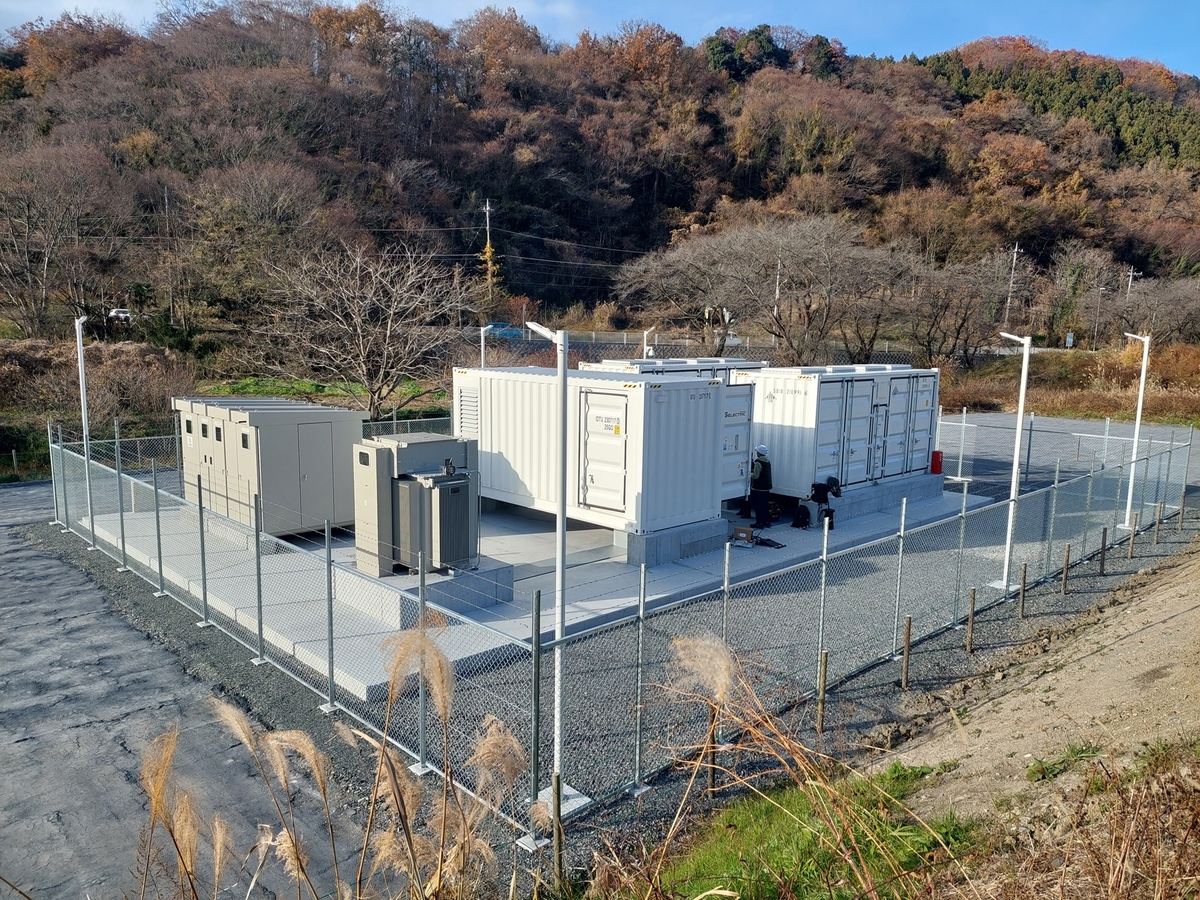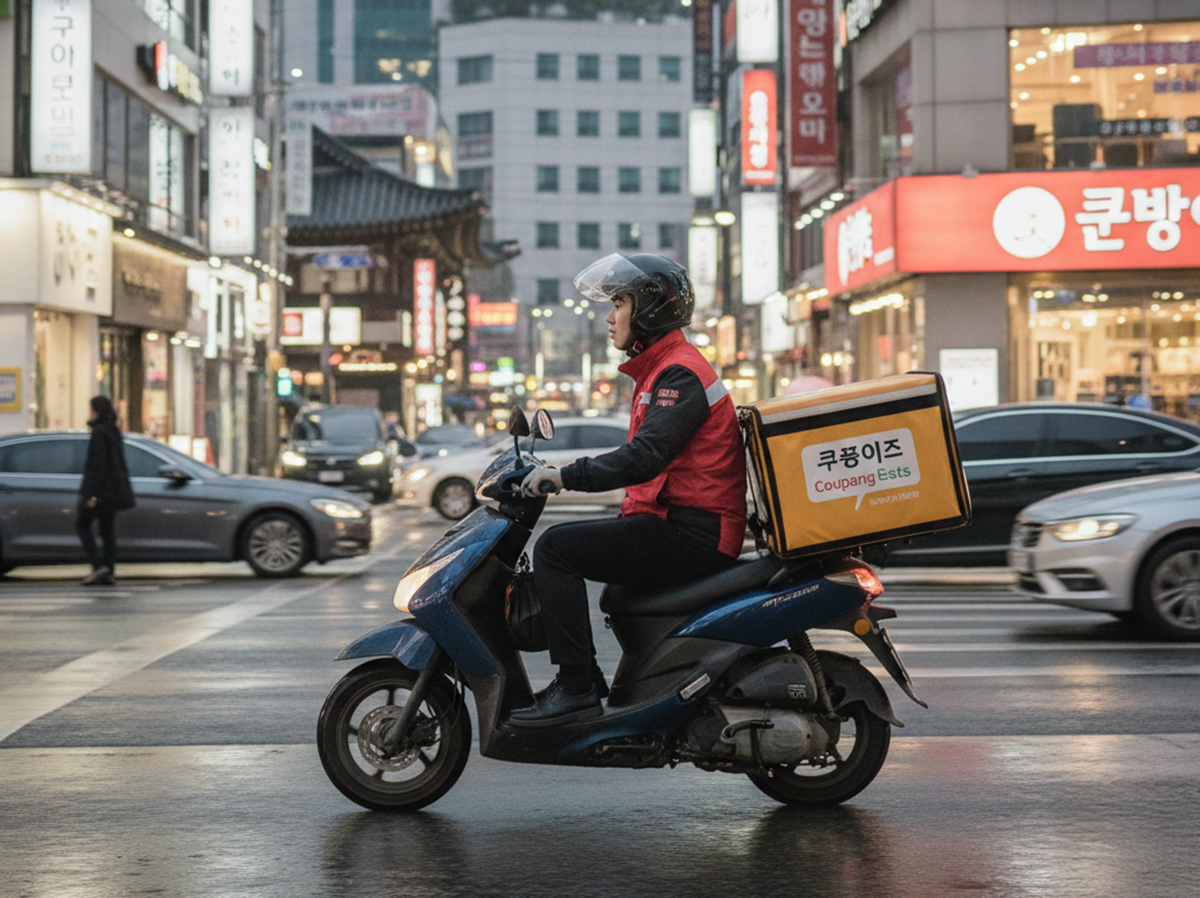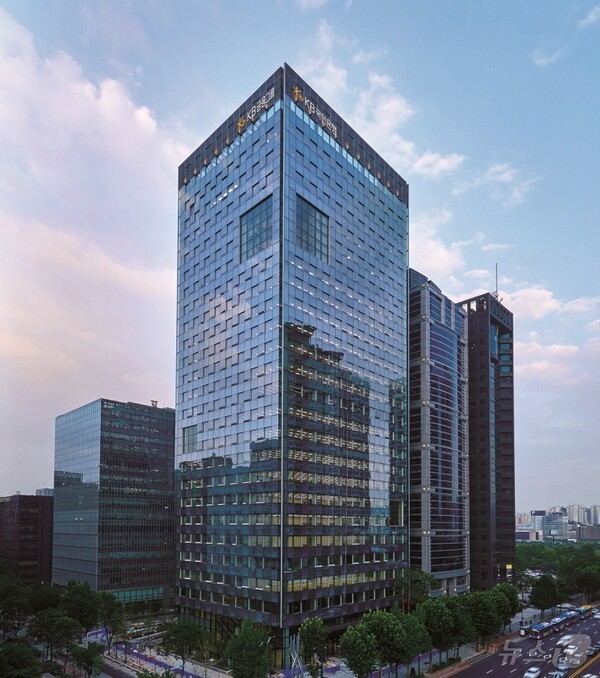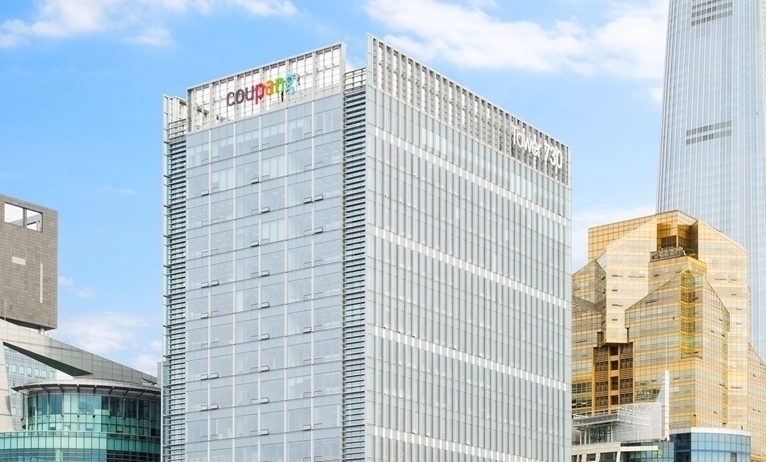
A $5 billion battery cell plant built by Stellantis and LG Energy Solution is set to become one of the most significant projects in North America’s electric vehicle supply chain.
The joint venture, NextStar Energy, has secured its occupancy permit and is scheduled to begin commercial production in the fourth quarter of 2025.
With an annual capacity of 49.5 GWh, the facility will be able to power more than 650,000 EVs a year, underscoring its role in the continent’s push toward electrification
The project spans 96 acres and required more than 8.4 million labor hours, employing over 9,000 construction workers at its peak.
Today, the site already has 950 employees and is expected to reach 2,500 when it hits full capacity. It represents one of the largest industrial investments in Canadian history and a cornerstone for the country’s growing EV ecosystem.
The Windsor plant includes 11 buildings that will house cell production, module assembly, recycling facilities, and safety testing labs.
Once operational, it will supply batteries directly to Stellantis vehicle assembly plants in both the U.S. and Canada, creating an integrated cross-border supply chain designed to reduce dependence on Asia and strengthen regional resilience.
The project faced some hurdles during development, including prolonged negotiations with the Canadian government over subsidies and uncertainty around potential U.S. tariffs on auto parts.
Despite these challenges, the facility has remained on schedule, reflecting the strong alignment between industry and policymakers to secure North America’s EV future. For investors, this policy coordination on both sides of the border adds confidence to the long-term outlook of the venture.
Local leaders, including Windsor Mayor Drew Dilkens, have emphasized the plant’s transformative role in driving economic growth and industrial expansion in the region. Industry analysts say the project could serve as a model for how governments and global automakers can collaborate to build the supply chains necessary for the EV transition.
LG Energy Solution already operates battery manufacturing plants in the United States, but the Canadian site expands its capacity and adds flexibility for automakers seeking diversified and stable supply sources.
For investors following the clean energy transition, the Windsor megaproject highlights both the scale of demand for EV batteries and the opportunities tied to North America’s manufacturing revival.















